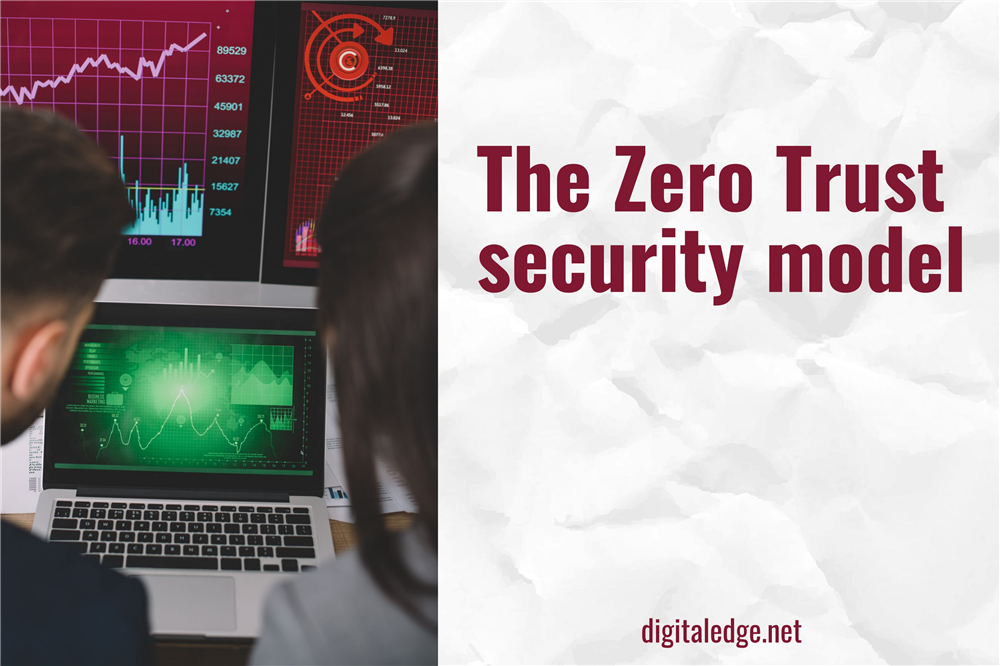by Eli Greenberg
The Zero Trust security model refers to designs and approaches to implementing IT systems. Zero Trust assumes no one is trusted by default from inside or outside of the network. Therefore, verification is required for anyone trying to gain access to resources on the network.
Zero Trust launched in 2010, and John Kindervag created the term "Zero Trust" in his research, emphasizing that most network traffic is untrusted. In other words, it is a business enabler. This means that it can enable tight and heavy security within an organization, and it enables a business to lower the number of breaches in its security.

Digital Edge, a compliance platform for cybersecurity, has an indirect relationship with Zero Trust network security. The cybersecurity experts at the organization have prime experience with this type of technology and architecture. Feel free to visit our website: https://www.digitaledge.net/
Moreover, Zero Trust is a model of security rather than a piece of technology. The very reason it's successful is because of the way the model is structured and how it helps organizations cybersecurity on a day-to-day basis. But what Zero Trust is or how it operates is it reduces the complexity of its security model to attract new customers who need security for their network. Zero Trust makes these models and produces all these great products by buying and working with WiFi vendors. For example, one would buy WiFi through this vendor and use that to power their models on stopping breaches on the internet. Other vendors also made it possible for Zero Trust to keep expanding and getting the network bigger over time. It gave them more products which allowed them to make more and more adjustments to their security models.
Lastly, Zero Trust is not just an IT project. While it does deal with inputting IT systems on the internet, it is much more than that. It's about providing security for organizations that need it and ensuring that no breaches or hacks come about in that organization's security on the internet. It's also about not trusting anyone when it comes to accessing a resource on the internet. And by continuing to implement Zero Trust, the world can become more attentive and incrementally more protective of sensitive information.
